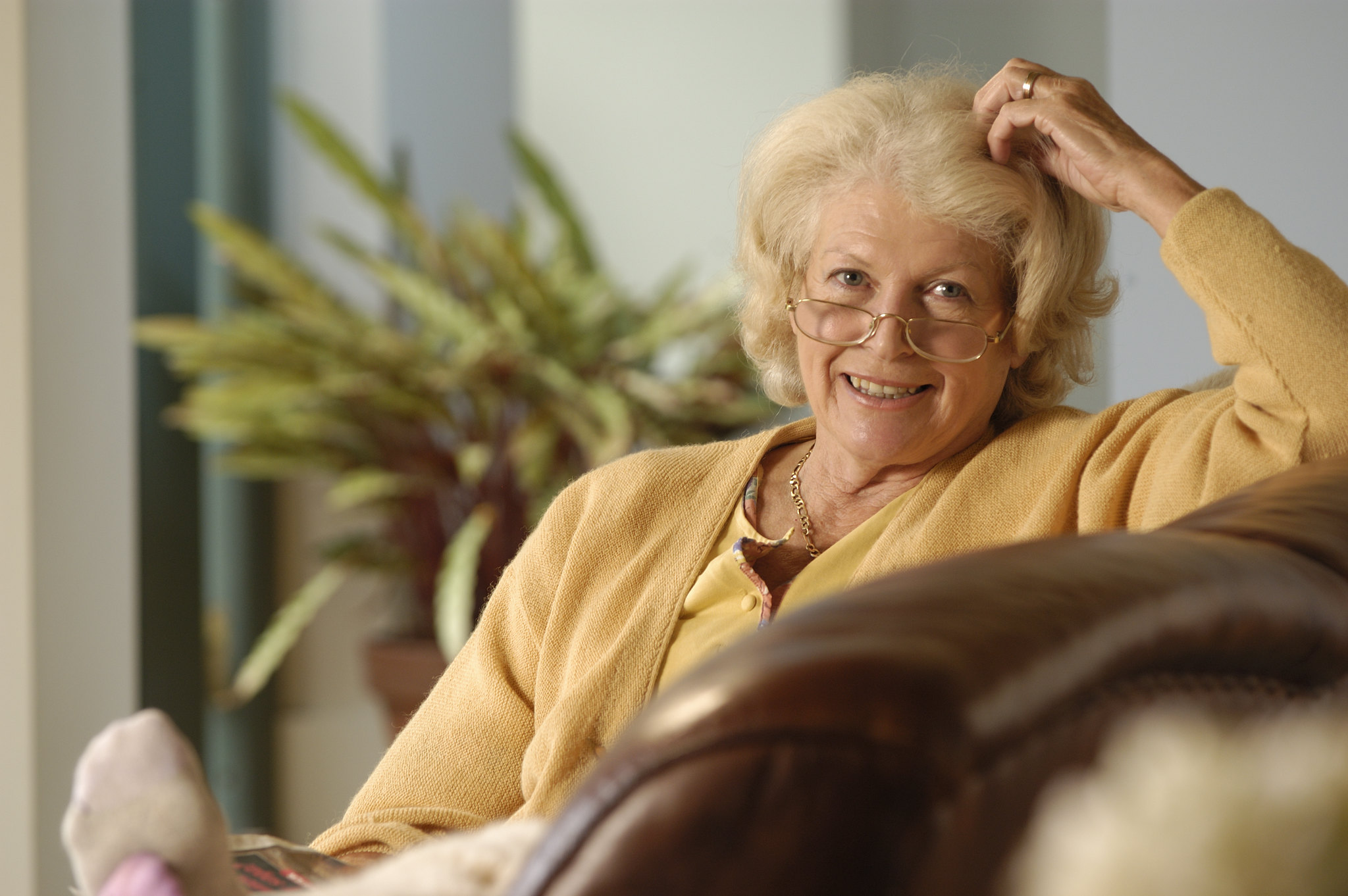Most older workers will be able to cite instances of unconscious ageism in the workplace – whether it’s a millennial explaining in a patronising fashion to a person in their fifties how the Internet works (unaware of the fact that the older person was instrumental in developing the Internet) or being passed over for a promotion because a younger person ‘has more energy’. But at what stage do you become an ‘older worker’
According to research carried out in America, it starts happening before the age of 45.
FairyGodBoss, a website aimed at women workers that offers advice and reviews of employers, released survey results earlier this year. They found 37% said they had seen or heard examples of ageism — prejudice against older workers — before the age of 45.
The poll found more than a quarter of the 1000 people polled had experienced ageism themselves. Nearly half received negative comments about their age from co-workers, and nearly a third from a boss or supervisor.
36% of them were told older workers lack the stamina or drive of younger workers, and 25% of all those polled feared being pushed out of jobs because of their age.
One interesting result of the survey is that women and men report experiencing ageism in near-equal measure, with 30% of male respondents saying they’ve experienced it and 27% of female respondents saying the same.
And yet, the website notes, the segment of workers that is growing faster than any other in the U.S. are those aged 65 and older.
65% of respondents who experienced ageism believe older workers contribute unique value to the productivity of a team.
More than half of those polled said that employers should offer additional learning opportunities to all employees to combat ageism, with a similar majority stating employers should ensure they avoid discriminatory interview questions, too.
